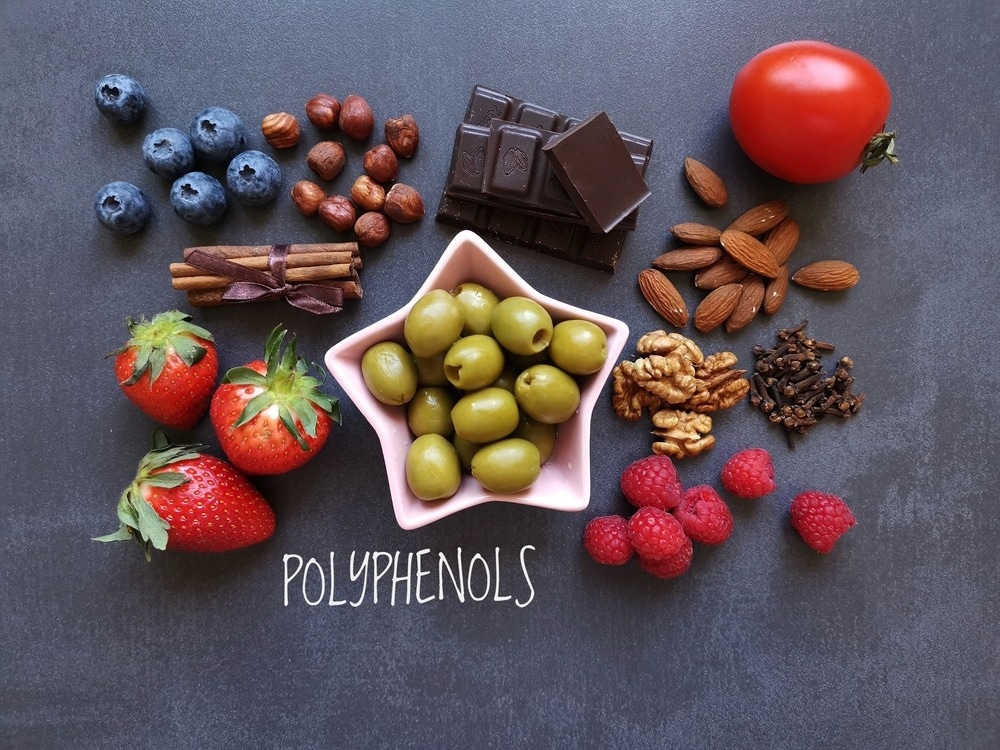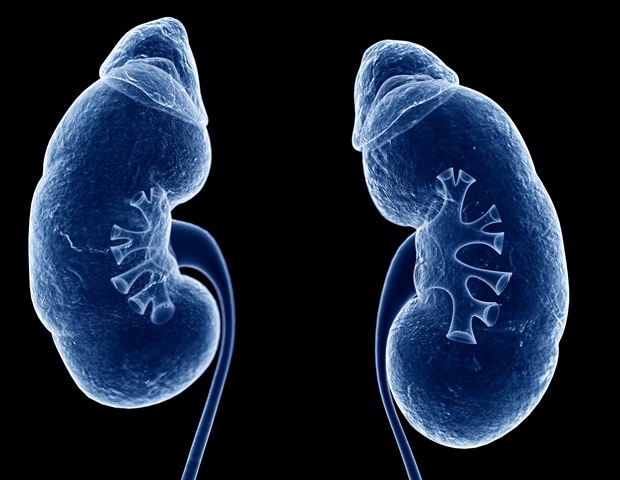In a up to date learn about printed in Vitamin, Metabolism, and Cardiovascular Sicknesses, researchers examine the connection between nutritional polyphenol consumption and metabolic syndrome (MetS).
 Find out about: Nutritional polyphenols, metabolic syndrome and cardiometabolic menace components: An observational learn about in line with the DCH-NG subcohort. Symbol Credit score: Danijela Maksimovic/Shutterstock
Find out about: Nutritional polyphenols, metabolic syndrome and cardiometabolic menace components: An observational learn about in line with the DCH-NG subcohort. Symbol Credit score: Danijela Maksimovic/Shutterstock
Background
Polyphenol-rich meals are related to cardiometabolic risk-lowering houses, with maximum research reporting some great benefits of flavonoids, together with anthocyanins, flavonols, and flavan-3-ol categories. Even supposing polyphenols had been widely researched within the context of MetS thru bibliometric analyses, knowledge at the affiliation between recurring polyphenol consumption and MetS are restricted.
Earlier research have reported that folks with larger polyphenol consumption have a decrease chance of growing MetS, larger waist circumference, blood power, and triglycerides (TG) ranges, decrease high-density lipoprotein ldl cholesterol (HDL-c) ranges amongst ladies, and increased fasting blood glucose ranges amongst women and men.
The PREDIMED-Plus learn about findings confirmed sure correlations between nutritional polyphenol consumption and HDL-c ranges; alternatively, there was once no affiliation between general polyphenol intake and different metabolic illness traits.
In regards to the learn about
Within the provide observational learn about, researchers review the cardiometabolic coverage conferred through nutritional polyphenols.
The learn about was once carried out between August 2017 and January 2018 and comprised 676 Danish adults who participated within the Danish nutrition, most cancers, and health-next generations (DCH-NG-MAX) trial. Nutritional and scientific knowledge had been acquired the usage of on-line 24-hour nutritional remembers (24-HDRs) at baseline, six months, and 12 months.
The net software was once related to the nationwide meals database of Denmark and comprised 1,600 meals pieces. Different meals knowledge assets applied within the learn about integrated the meals company of Sweden, the meals composition desk through McCance and Widdowson, and the myfood24 database. Secondary analyses had been carried out to evaluate variations within the associations through age, intercourse, smoking conduct, and clinical historical past.
Nutritional polyphenol consumption was once estimated the usage of the Phenol-Explorer database knowledge. General polyphenol consumption was once calculated through summing up the content material of esters, aglycones, and glycosides. Nutritional polyphenol consumption was once additionally estimated through category, together with phenolic acids, flavonoids, stilbenes, lignans, tyrosol, and alkylphenol.
Generalized linear blended modeling was once carried out to decide the affiliation between nutritional polyphenol intake and cardiometabolic illness, and the chances ratios (OR) had been made up our minds.
Knowledge had been basically acquired through chromatography, with changes made for gender and age, in addition to nutritional and way of life variables. Metabolic illness was once known the usage of the World Diabetes Federation standards.
The DCH-NG MAX trial was once carried out between August 2015 and April 2019 and comprised 39,554 adults, together with their organic youngsters, spouses, and grandchildren, representing the first-generation, first-generation-parents, and second-generation DCH learn about members, respectively.
Effects
The imply player age was once 44 years and the imply general polyphenol consumption was once 1,368 mg/day, with 12% of people having MetS at baseline. Compared to Q1 (preliminary 3 months), MetS sufferers, the entire polyphenol, flavonoid, and phenolic acid consumption related to This autumn folks resulted in a 50% aid of their probability of growing metabolic illness.
Higher intake of polyphenols, phenolic acids, and flavonoids was once associated with decrease ranges of HDL-c and systolic blood power (SBP). MetS occurrence charges had been 12%, 9%, and 12% at baseline, six months, and 12 months, respectively. Moreover, MetS occurrence charges ranged from 6% to fifteen% in quartiles of general polyphenol intake and class-wise consumption.
Sensitivity analyses, which excluded folks with bad life and comorbidities, yielded an identical findings. Of word, the statistically vital relationships for the entire polyphenol and phenolic acid consumption had been noticed most effective amongst non-smokers. Consumption of flavonoid polyphenols, stilbene polyphenols, and tyrosol polyphenols correlated inversely with waist circumference measurements.
General polyphenol consumption confirmed an inverse affiliation with SBP and diastolic blood power (DBP) values. Effects had been maximum constant for the affiliation between the consumption of general polyphenols, flavonoids, and phenolic acids and the chance of getting low HDL-c ranges; alternatively, alkylphenol consumption and coffee HDL-c had been definitely correlated. Handiest phenolic acid consumption was once associated with high-sensitivity C-reactive protein (hs-CRP) ranges.
Conclusions
Total, the learn about findings confirmed that larger intake of polyphenols, phenolic acids, and flavonoids decreased MetS dangers. The principle polyphenol category individuals had been phenolic acids and flavonoids at 63% and 32%, respectively, with proanthocyanidins and hydroxycinnamic acids maximum regularly ate up.
Magazine reference:
- Lanuza, F., Zamora-Ros, R., Bondonno, N. P., et al. (2023). Nutritional polyphenols, metabolic syndrome and cardiometabolic menace components: An observational learn about in line with the DCH-NG subcohort. Vitamin, Metabolism and Cardiovascular Sicknesses. doi: 10.1016/j.numecd.2023.02.022
Supply Through https://www.news-medical.internet/information/20230310/Nutritional-polyphenol-intake-reduces-risk-of-metabolic-syndrome.aspx



